Engage Your Body, Mind and Senses for a More Mindful Yoga Practice

Sometimes what’s going on in the world or in your life is just too much and you need some time out. But if your mind is racing or you have a lot of pent-up energy, relaxing, even with yoga, might not feel like the right thing for you to do. For times like these, an active yoga practice that engages your body, as well as your mind, can provide you with a brief respite.
In an active yoga practice, you always need to focus when you make the basic shapes of the poses and then come out of them, and as you stay in the poses you need to focus to maintain your balance and refine your alignment. Using your concentration in this way helps anchor you in the present moment, which provides some respite from your regrets about the past and/or worries about the future. I believe this is the main reason that almost any kind of yoga practice makes you feel “better” afterward. You’ve had a mental break as well as some exercise.
How to Use Your Breath as an Anchor in Yoga Practice
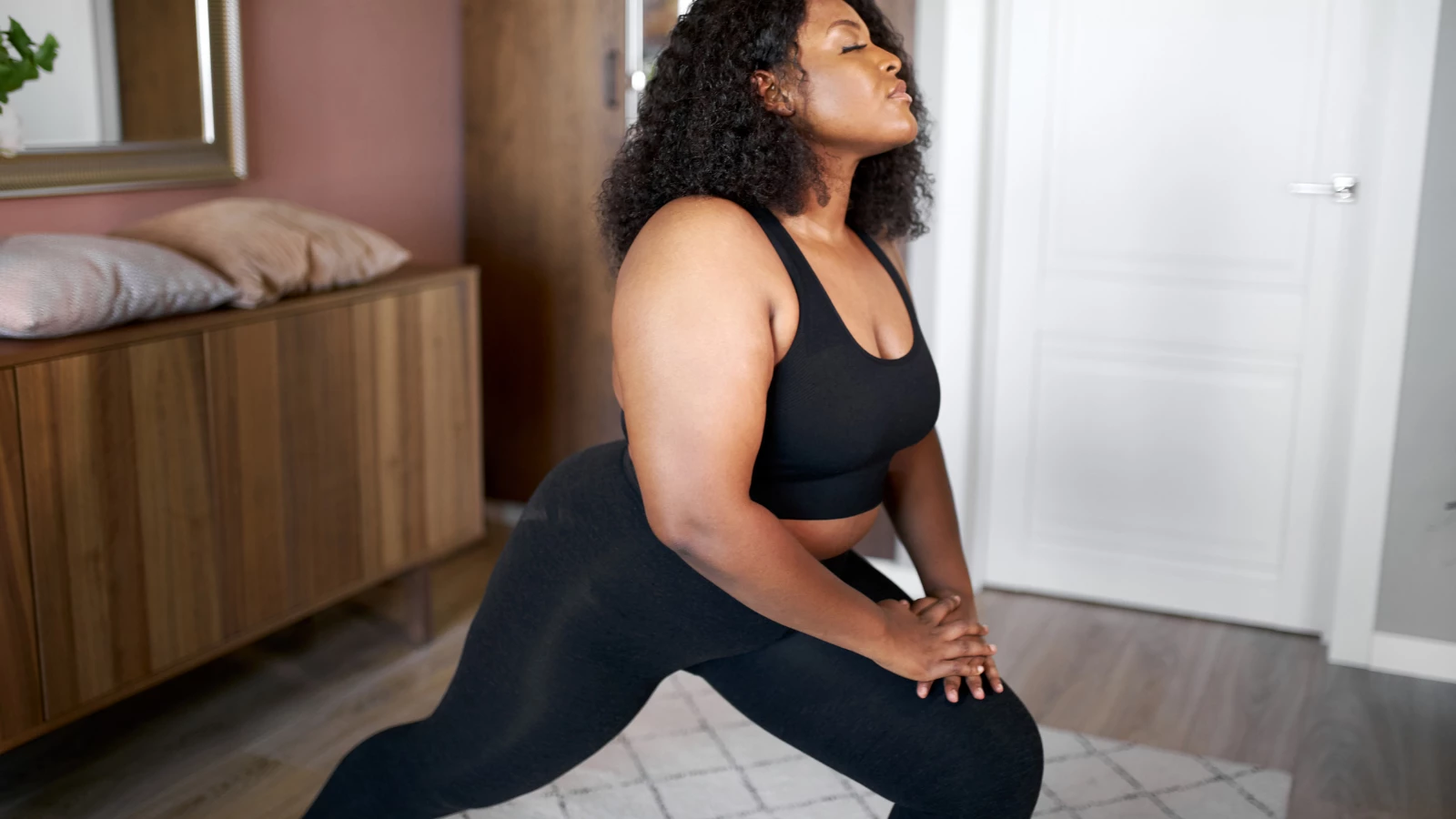
To enhance this benefit of your active asana practice, you can use mindfulness techniques to transform your active yoga practice into a moving meditation. Practicing asana mindfully means finding a specific focus in your poses that will keep your mind engaged on your body. Then, as you practice, you move your mind away from your internal monologue and focus on what you sense in your body in the yoga pose. Here is how Jivana Heyman puts it:
“Asana works to steady the mind by focusing on physical sensation, breath, or Drishti (gaze).”
Yoga teachers often ask us to focus on the breath in our poses. This is an excellent technique because this traditional focus is simple and familiar. In a vinyasa-style practice, where you move in and out of poses with your breath, you need to stay very focused in order to coordinate your breathing with your movements. But you can easily do the same thing when practicing static poses, by focusing on your breath both as you move in and out of the poses and while you hold them.
However, focusing on the breath doesn’t work for everyone because it makes some people tense or anxious to think about their breathing. Others may just want to try something fresh that might be more engaging.
How to Engage Mindfulness with Yoga Adjustments
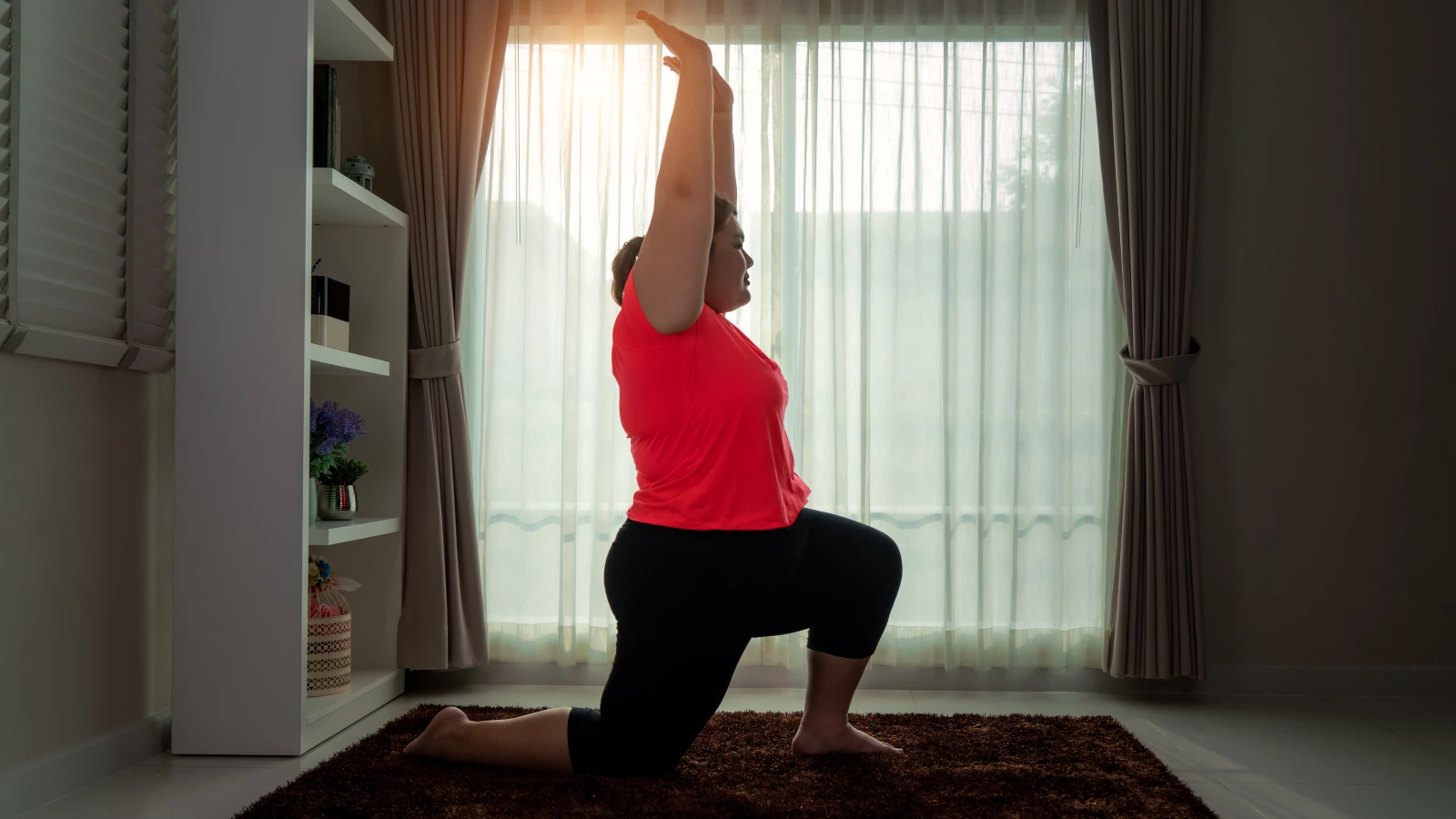
There are actually a surprising number of ways you can engage your mind and body with your senses in your yoga poses. My longtime teacher, Donald Moyer, used to keep us mentally focused on our bodies by giving us very specific alignment instructions to experiment with, often focused on parts of the body we didn’t usually think about, such as the piriformis muscle or the linea alba.
The idea was that we would concentrate on moving that muscle or area of the body in a certain way—that alone was challenging if it was an area of the body you weren’t used to moving—and then see how that movement affected the rest of the pose. Did it make the pose more comfortable or free up some energy? Or did it have the opposite effect? Donald even said:
“Feeling an adjustment is concentration. Feeling the adjustment ripple through your body is meditation.”
In this type of practice, we were focused on internally sensing our experience of each pose. But this is just one of many ways to do that. Today I’m providing a long list of suggestions that you can try out to see what works for you or just to change things up.
How to Engage Your Senses in Yoga Practice
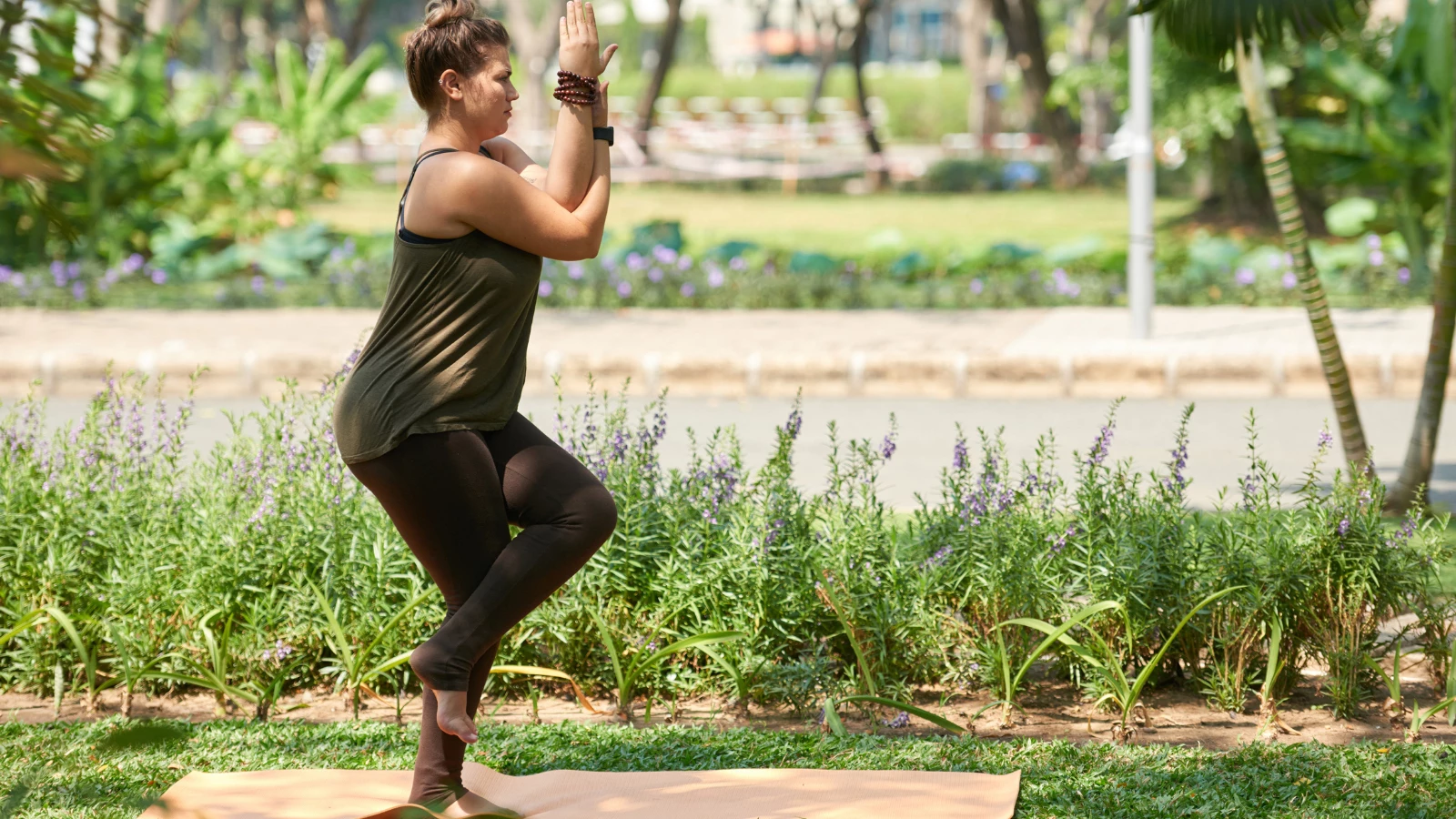
Note that although we typically think of our senses as being the classic five, these are just the senses we use to interact with our external environment. We actually have three others, the senses we use to tell what’s going on inside our bodies (described under “Internal Sensing” below). So, I’m presenting two categories of suggestions: Interacting with Your External Environment and Sensing Internally. I’ll close with a short description of how your mindful asana practice can become even more than just a brief respite.
Engaging any of your senses while you practice can enhance any active yoga practice, but for purposes of providing you with your time out—your brief period of respite—consider practicing these types of poses:
- Standing poses
- Balancing poses
- Complex poses, such as twists, where you have to think hard just to get in the pose, and vinyasas
By their nature, these types of poses and practices naturally command more of your attention. Practice all your poses mindfully as you go into the poses, stay in the poses, and come out of the poses. When your mind wanders, without judgment, simply bring your attention back to your chosen focus.
How to Interact with Your External Environment in Yoga Practice
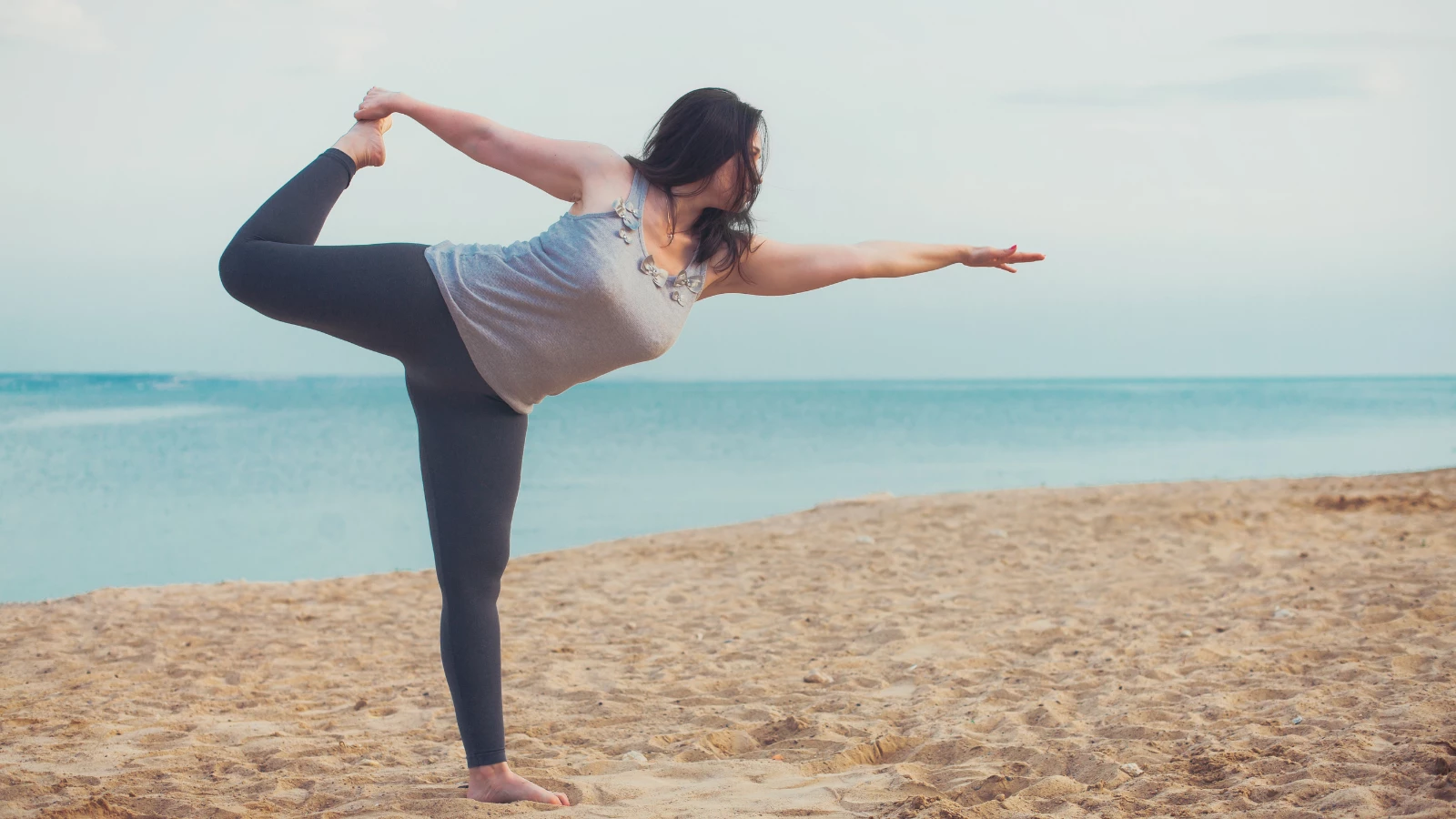
Our five senses of sight, hearing, taste, smell, and touch provide our ability to interact with whatever environment we find ourselves in, whether indoors or outdoors. This is called exteroception. We don’t typically use smell or taste in our asana practice—that I know of—but we can use our touch, sight, and hearing.
Touch: Your sense of touch provides you with an awareness of how your body is interacting with whatever you are in physical contact with. This includes the surfaces you’re touching—whether with your feet, hands, or any other body part—as well as how various parts of your body are interacting with each other.
One way to focus on touch is to observe how you’re interacting with your props. Are you dropping onto a block or pressing lightly into it? Are you fiercely gripping a strap or holding it gently? Is your touch on the wall even or uneven? What happens if you change what you’re doing, even in a subtle way?
You can also focus on the surface that the foundation of your pose is touching (the foundation of the pose is whatever body part or parts are in contact with the floor or, for chair yoga, your chair seat and the floor). Can you feel the entire surface evenly? Or is your weight unevenly distributed? In standing poses in particular it’s helpful to focus on pressing your feet evenly into the ground.
To bring your awareness to how your body is interacting with itself, focus on how the two parts are connecting, such as your raised foot and the inner thigh of your standing leg in Tree Pose (Vrksasana) or the palms of your hands in Anjali Mudra (Prayer Position). Are both parts pressing evenly against each other? Or is one side doing all the work?
Finally, if you want to work with your breath, a subtle practice is to sense the feeling of your inhalations and exhalations as they pass through your nostrils. In some poses, you can also use your hands on your belly, ribs, or upper chest to feel how your breath is affecting that part of your body.
Sight: Your eyes provide your brain with information about the position of your body relative to other objects in your environment, including their depth, velocity, and motion. You use that information about your environment to orient yourself. Outside, you use the horizon to tell you what an upright position is, while inside a room, you use the angles of the room in the same way. This helps you balance, whether you’re standing, kneeling, or seated.
You can intentionally work with your sight in yoga poses by choosing a visual focus to concentrate on. This is a traditional practice of using a Drishti (gaze) as a tool for concentration. However, you may also find that maintaining a visual focus makes your balance steadier when you stay visually focused on a single point.
Hearing: Two basic ways to use your hearing is to notice the sounds you make while you are moving in and out of poses or moving in a pose. Are you landing heavily with a thump? Or more gracefully and lightly? What happens if you try to be as quiet as possible?
If you want to work with your breath, you can focus on the sound of your breath. You can even enhance the sound of your breath by slightly narrowing your throat. Then, use the sound of your breath as a gauge to tell whether or not your breath is smooth, jagged, or uneven. If your breath isn’t smooth, this can be a sign that you may be pushing yourself too hard. Can you make any adjustments in your pose to allow your breath to move more freely?
How to Use Internal Sensing in Yoga Practice
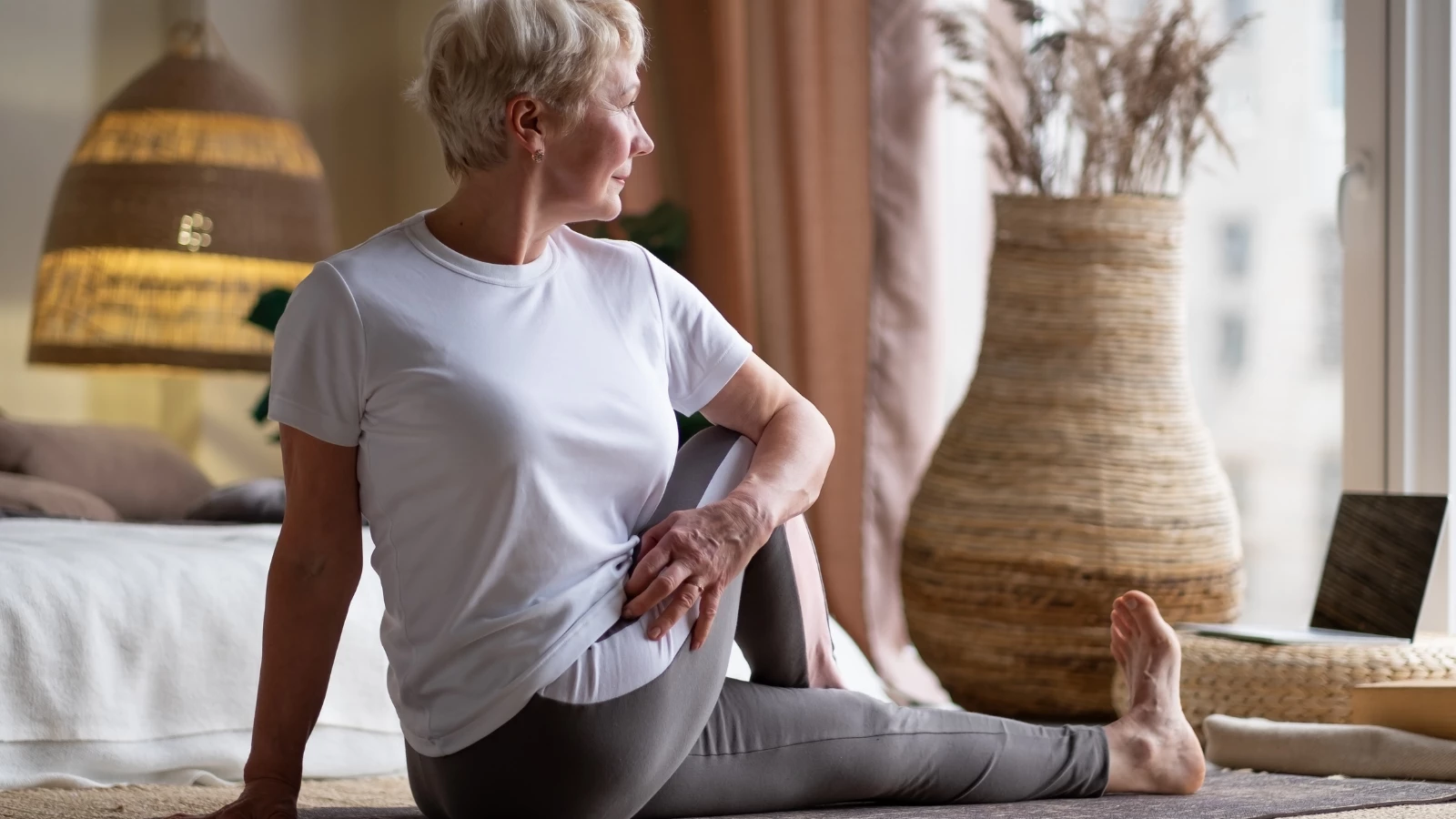
In general, internal sensing is a quieter way to practice than interacting with the external environment. That’s because when you turn your awareness inward, it signals to your brain that you’re safe and that, in turn, triggers your relaxation response. We have three different internal senses: interoception, proprioception, and the vestibular system.
Interoception: This is our ability to feel what’s happening inside our bodies. Interoception includes such things as sensing internally that your belly or chest is rising and falling with each breath, that your heart is racing or slowing, or that a muscle is activating, stretching, or relaxing. You can also experience an internal sense of energy flowing through your body in a pose (or getting stuck).
Focusing on interoception is a very powerful practice. It helps keep you safe in a pose (pain can be a warning sign, and stretching in a joint area can cause damage), and for people with body image issues, it can help you learn to fully inhabit or “reclaim” the body you have.
If you want to work with your breath, you can focus on how your inhalations and exhalations affect the rest of your body. As your lungs expand and contract, your body responds in various ways. You can focus on your upper chest, your ribs, your belly, your back, or even your pelvic floor area.
If you want to focus on the sensations of stretching, observe how you are stretching some of your muscles in every yoga pose, not just in the poses that are typically considered as stretches. In every pose, observe which muscles are stretching. And, for individual muscles, is it in the belly of the muscle or at a joint? Is the sensation painful or just pleasantly stretchy?
You can also focus on the muscles you are contracting instead of stretching. Of course, you need to activate various muscles to move in and out of the pose. But when you’re in the pose, can you observe whether there is some part of your body, such as your back leg or back arm, that you’ve been neglecting and that has gone limp or is collapsing? Balancing the activity of your muscles throughout your body will create a more even pose and can enable the energy to flow throughout your entire body.
Also, check to see if there are any muscles that you are gripping too hard or contracting due to feeling nervous or tense. Can you try intentionally relaxing that area? This can release blocked energy and create wonderful openings in your body.
Proprioception: This is an internal sense that allows you to feel where your body is in space. Proprioception is what allows you to walk in the dark (and what enables blind people to walk) and move the part of your body that is behind you without looking at it (like when you’re getting in and out of a car). It is an essential part of balancing. To observe this sense in action, close your eyes, and bring your finger to your nose.
“Proprioception” is actually a term that some yoga teachers use when they talk about practicing mindfully. You typically use your proprioception to move in and out of your yoga poses, such as when you position your back arm in Warrior II Pose (Virabhadrasana II) or step one foot back and turn the foot in Warrior I Pose (Virabhadrasana I), and to make minor adjustments while in the pose.
Although you use proprioception naturally in every pose you do, you can use it intentionally as a focus for your mind by doing poses with your eyes closed or by specifically focusing your awareness on the parts of your body you can’t see even with your eyes open, such as your back body.
If you’re someone who tends to slump or who spends long hours in front of a computer, working with your posture in your poses is a really good way to experience proprioception and improve your posture at the same time. In every standing and seated posture, while maintaining the natural curves of your spine, try focusing on elongating your spine and positioning your head directly over your spine—all without using your eyes. You can also use whatever cues your teacher has taught you to improve posture or make any adjustments you’ve come up with on your own.
Working with alignment cues, especially for parts of your body you cannot see, actually improves your proprioception. I mentioned above some obscure ones my teacher used to have us work with, but there may be more common ones that you have found made a big difference in your poses.
Working with the shoulder blades the way Donald Moyer taught me has been so helpful in making my poses more open and easeful that I often use shoulder blade movements as a focus. If you have used some technique like that in the past or learned about a new one recently, try making that movement the focus of your entire practice. Does it help you in some way? If yes, in all your poses or in only some? Can you figure out why?
Vestibular System: This is an internal sense you use for balance in your everyday life as well as in the yoga room. It consists of three canals in your inner ears that provide your brain with information about the position of your body with respect to gravity. Your vestibular system detects whether the surface you are standing on is flat, such as a floor or a sidewalk, or uneven, such as a rocky path or a staircase.
Focusing on your vestibular system is a bit more challenging in your asana practice because we typically practice on a smooth, flat surface. However, you can simply practice with your eyes closed. So, as you move from pose to pose, and as you balance in any pose that involves an element of balance, you’ll have to rely more on your vestibular system.
You can also intentionally practice poses on an uneven or soft surface, such as on a folded blanket, a cushy carpet, or with your feet half on and half off a mat. Notice how this affects your ability to balance. A bonus is that practicing this way will actually improve your balance because balancing on uneven surfaces is essential in the real world. If you always wear shoes outside and walk on flat surfaces, your feet become less supple and responsive.
Asana as a Sensual Meditation
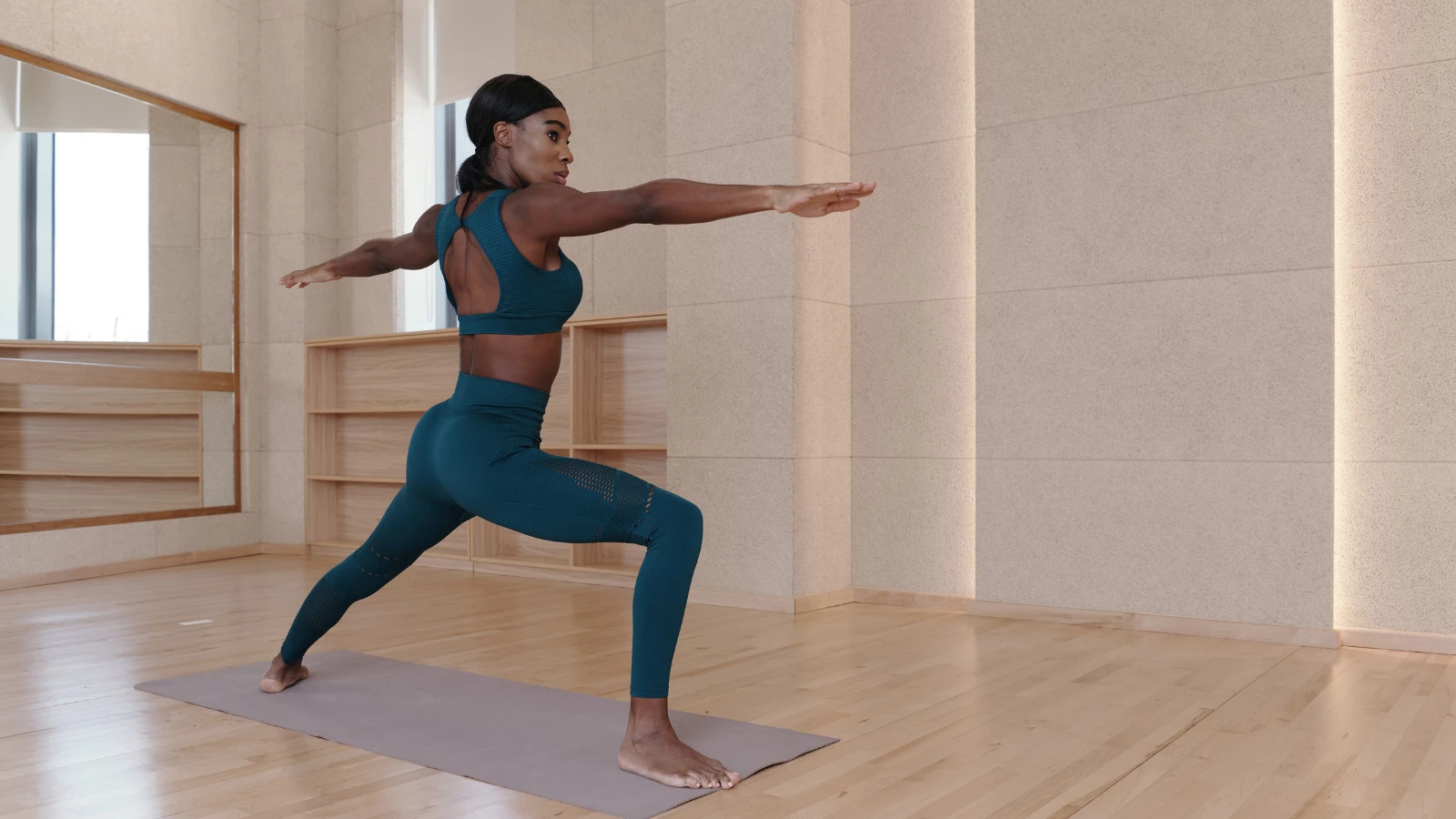
In Tantra yoga, meditating on sensual experiences is both a way to be present in the here and now and a way to enhance your appreciation of the beauty of life, in all of its fullness.
In his book, Tantra Illuminated: The Philosophy, History, and Practice of a Timeless Tradition, Christopher D. Wallis explains: “That is why the Tantra stresses sensual meditation—meditative savoring of food and music, as well as slowed down acts of refined awareness like the Japanese tea ceremony—that allow us to cultivate our ability to let our senses meet their objects fully. In non-dual Saiva Tantra, this is called ‘feeding the goddesses of the senses.’ When fed properly, the ‘goddesses’ reward you by suffusing your awareness with aesthetic rapture (chanakara), increasing your capacity to experience beauty. The whole world becomes more vivid and real, more radiantly lovely, more full of life-energy … ”
In a mindful asana practice, we use our senses to meet our own bodies fully. They are so beautiful in all the different ways they allow us to experience our internal and external environments and to move through the world! Taking time to recognize all this in your asana practice can not only provide respite in times of difficulty or change but can also encourage feelings of gratitude for just being alive to experience the fullness of life.
Also, read...
Warrior I Pose: 5 Strengthening Variations
Deepening Your Home Yoga Practice: An Interview with Judith Hanson Lasater
4 Easy Ways to Use a Sandbag in Yoga Practice
Related courses
Breath as Medicine: Yogic Breathing for Vital Aging
Yoga and Myofascial Release: Releasing Chronic Tension with the Bodymind Ballwork Method
Yoga and Detoxification: Tips for Stimulating Lymphatic Health

Nina Zolotow, RYT 500, the author of the forthcoming book “Yoga for Times of Change” and the Editor-in-Chief of the Yoga for Healthy Aging blog, is both a yoga writer and a yoga teacher. She trained to be a yoga teacher at The Yoga Room in Berkeley, California, has studied yoga therapy with Shari Ser and Bonnie Maeda, and is especially influenced by the teachings of Donald Moyer. She also studied extensively with Rodney Yee and is inspired by the teachings of Patricia Walden on yoga for emotional healing. Her special area of expertise is yoga for emotional well-being (including yoga for stress, insomnia, depression, and anxiety). She teaches workshops and series classes on yoga for emotional well-being, stress management, better sleep, home practice, and cultivating equanimity.
Nina is the co-author with Baxter Bell of Yoga for Healthy Aging: A Guide to Lifelong Well-Being and co-author with Rodney Yee of Yoga: The Poetry of the Body (with its companion 50 Card Practice Deck) and Moving Toward Balance. She is also the author of numerous articles on yoga and alternative medicine.



